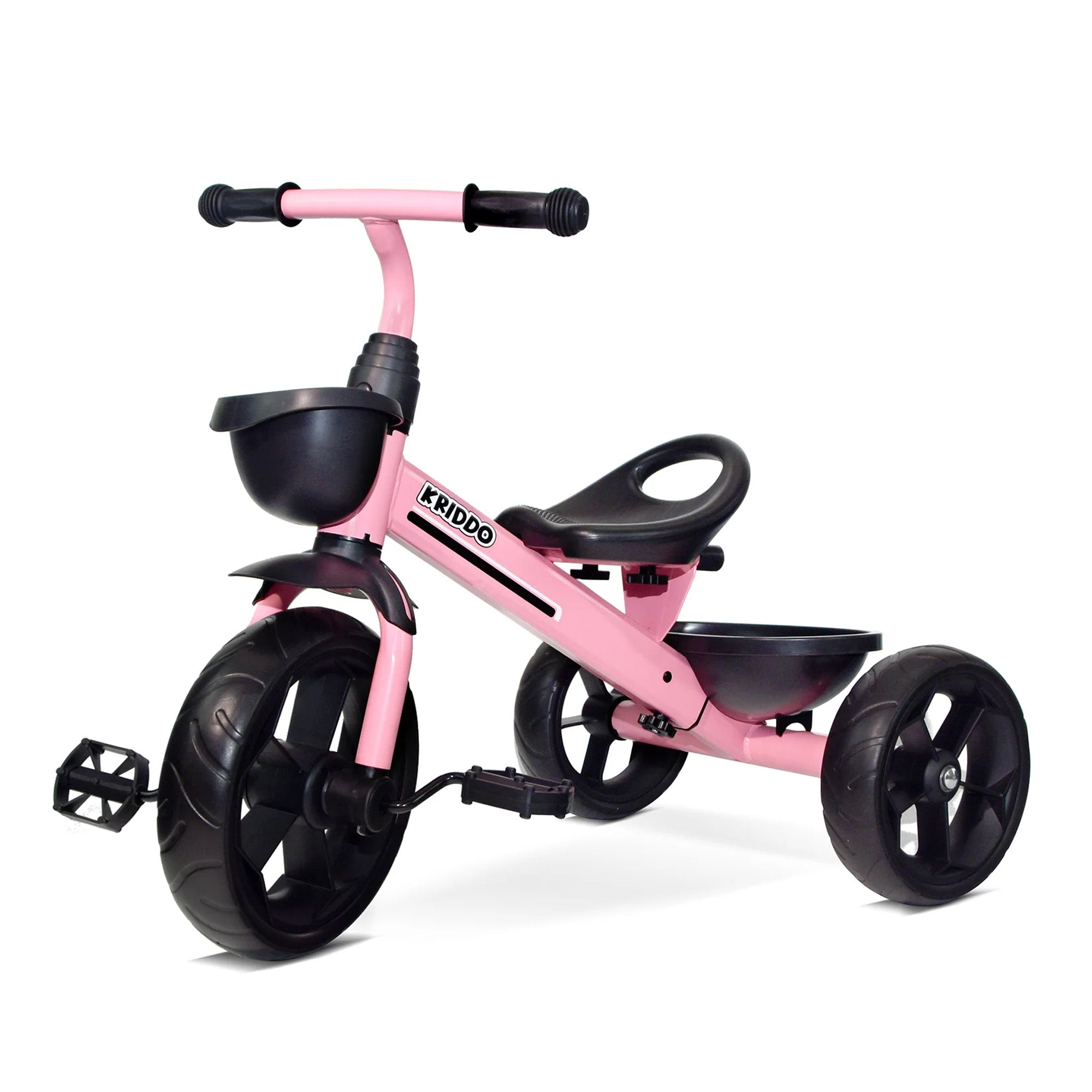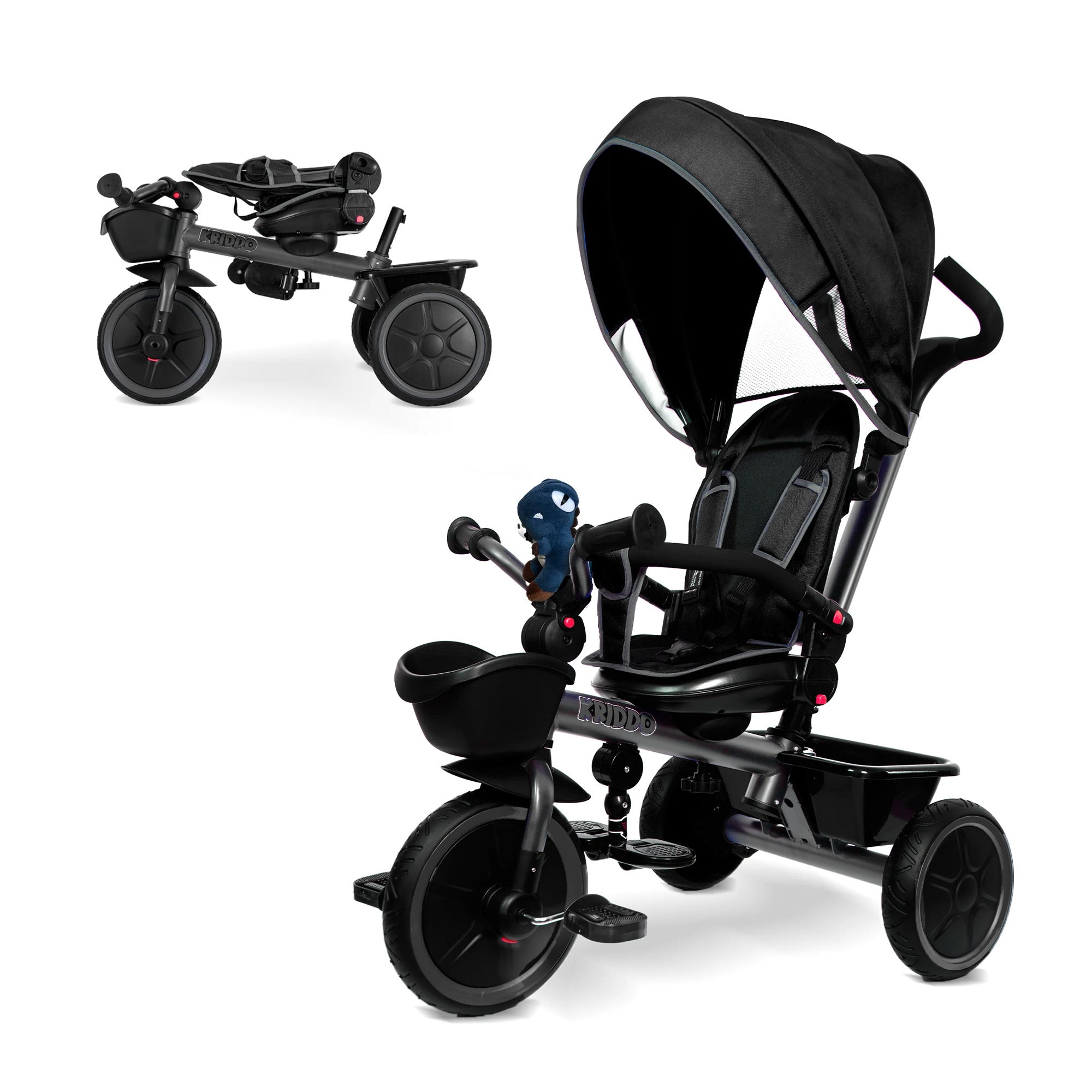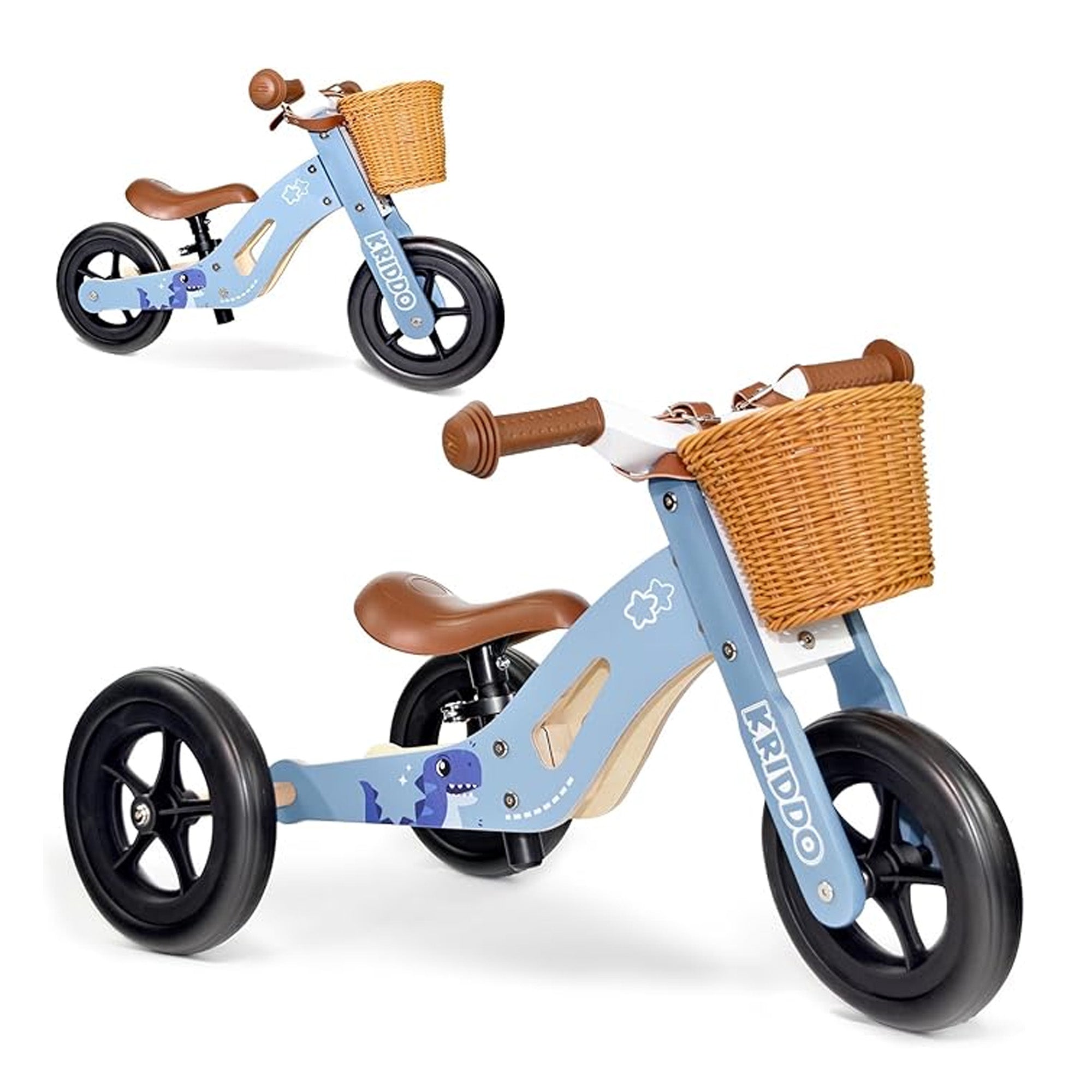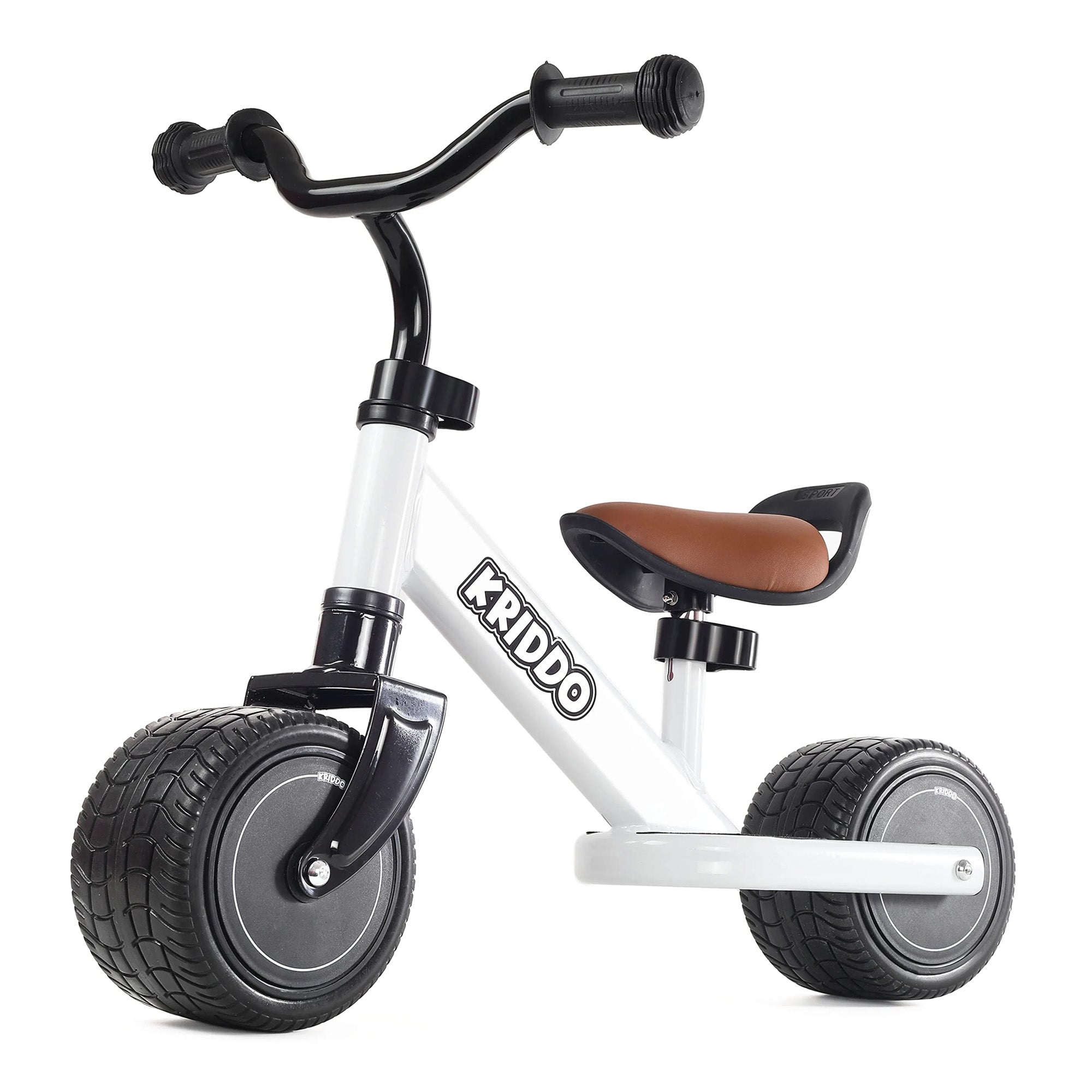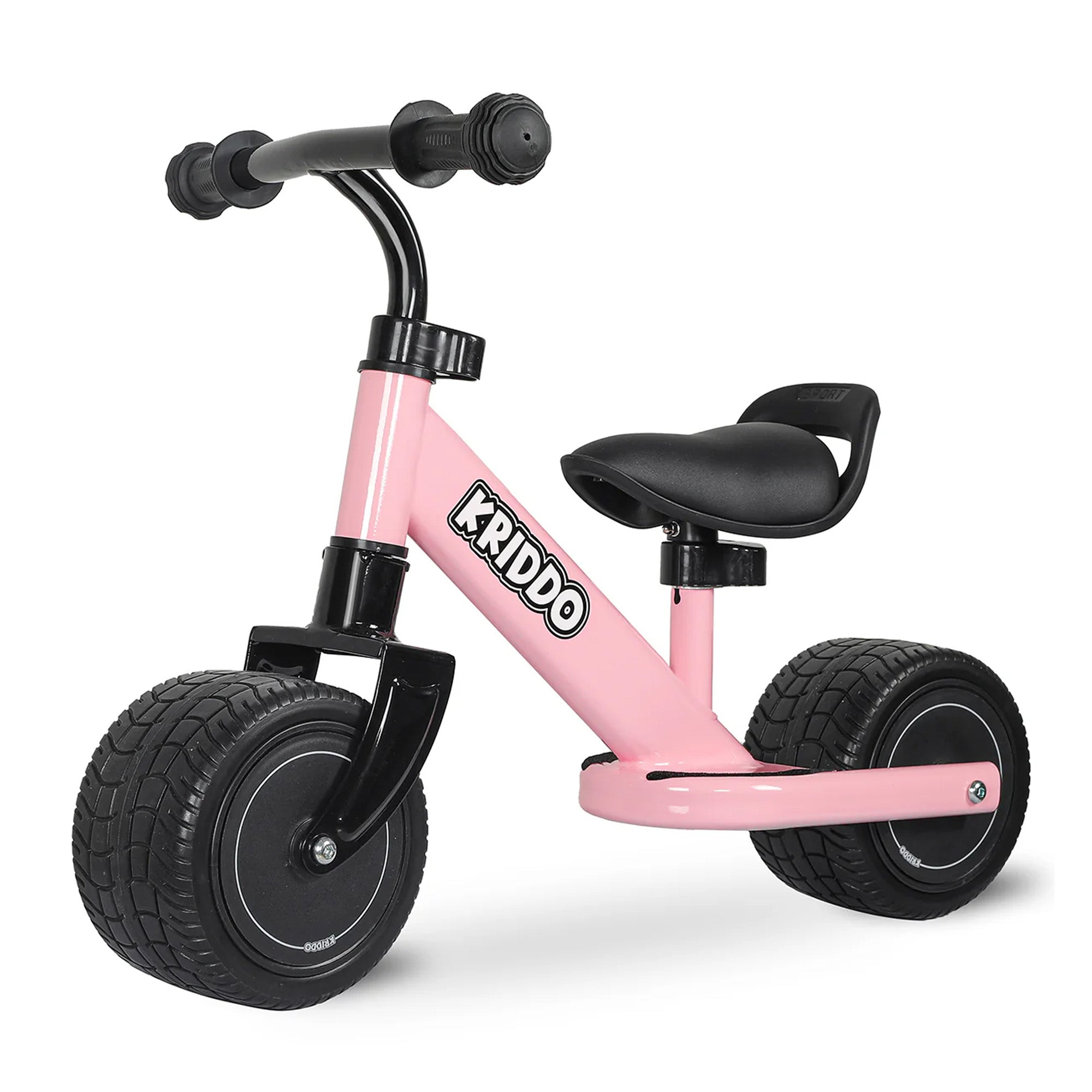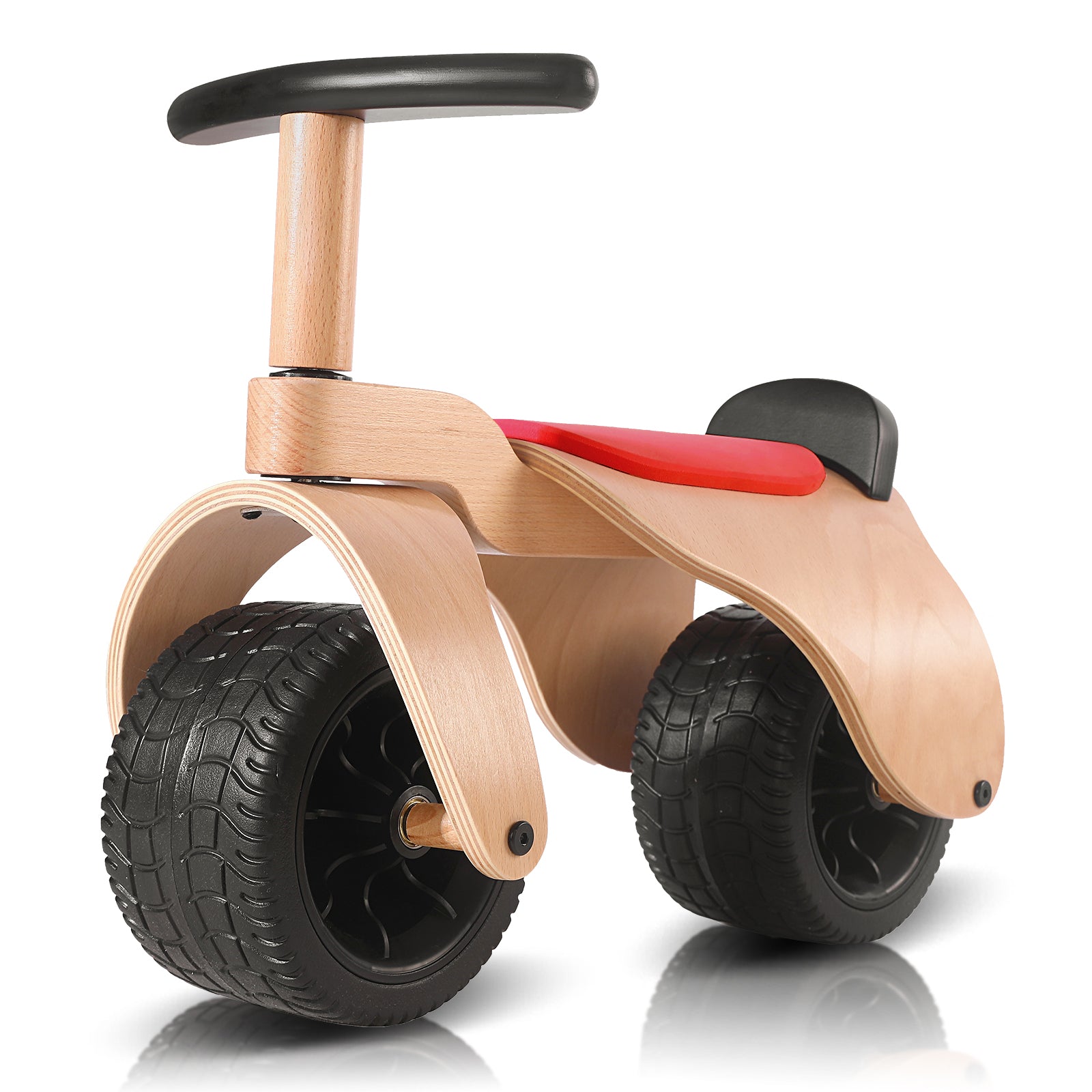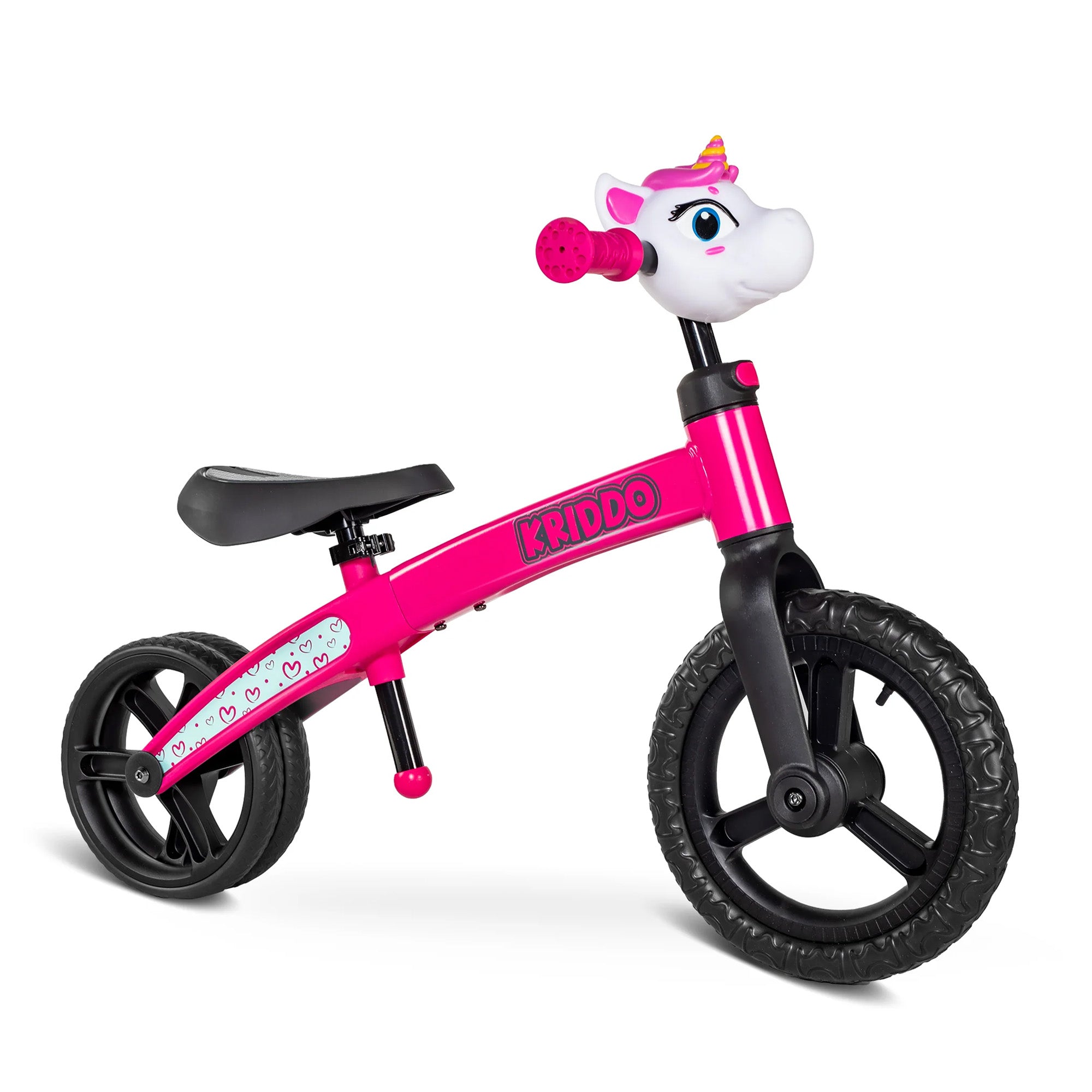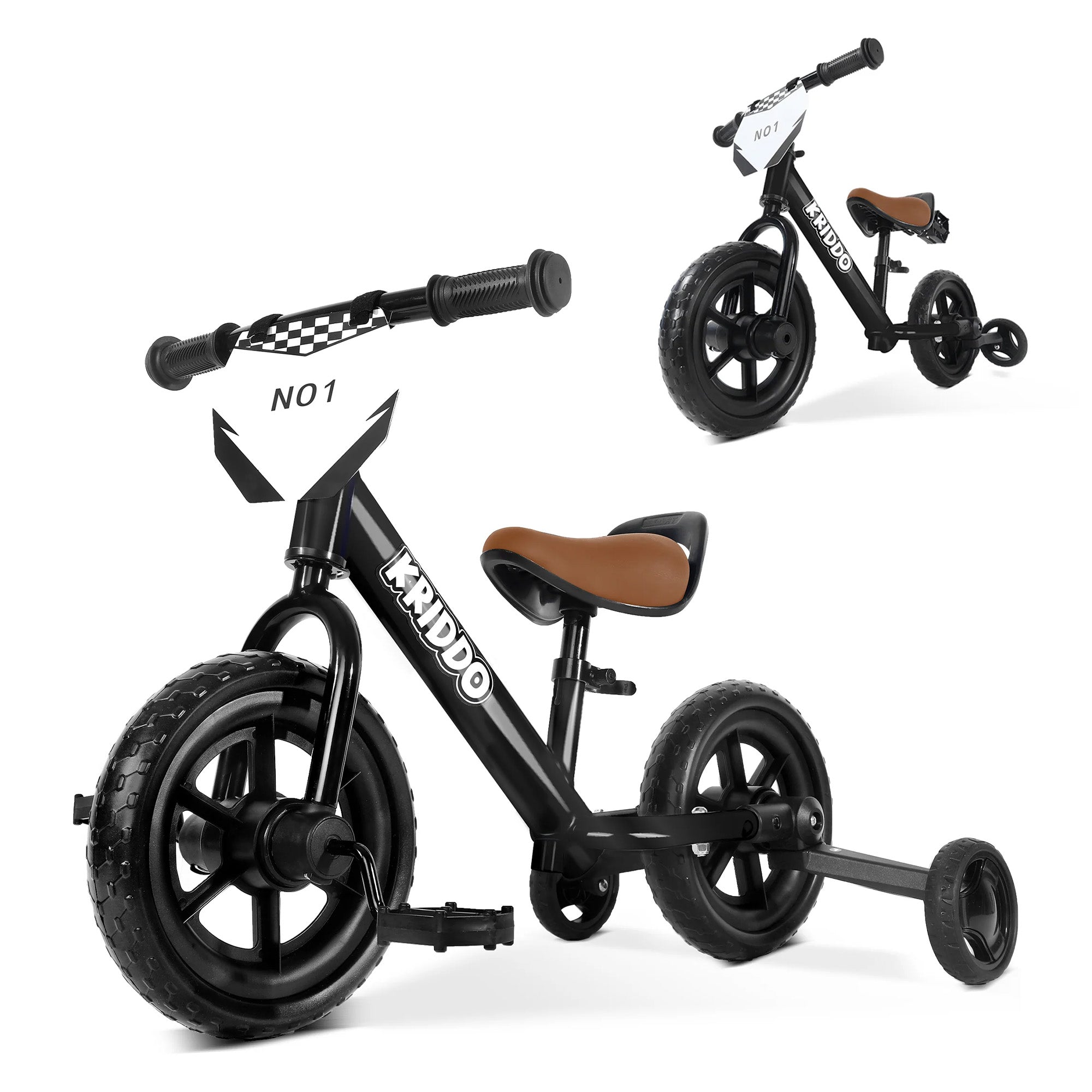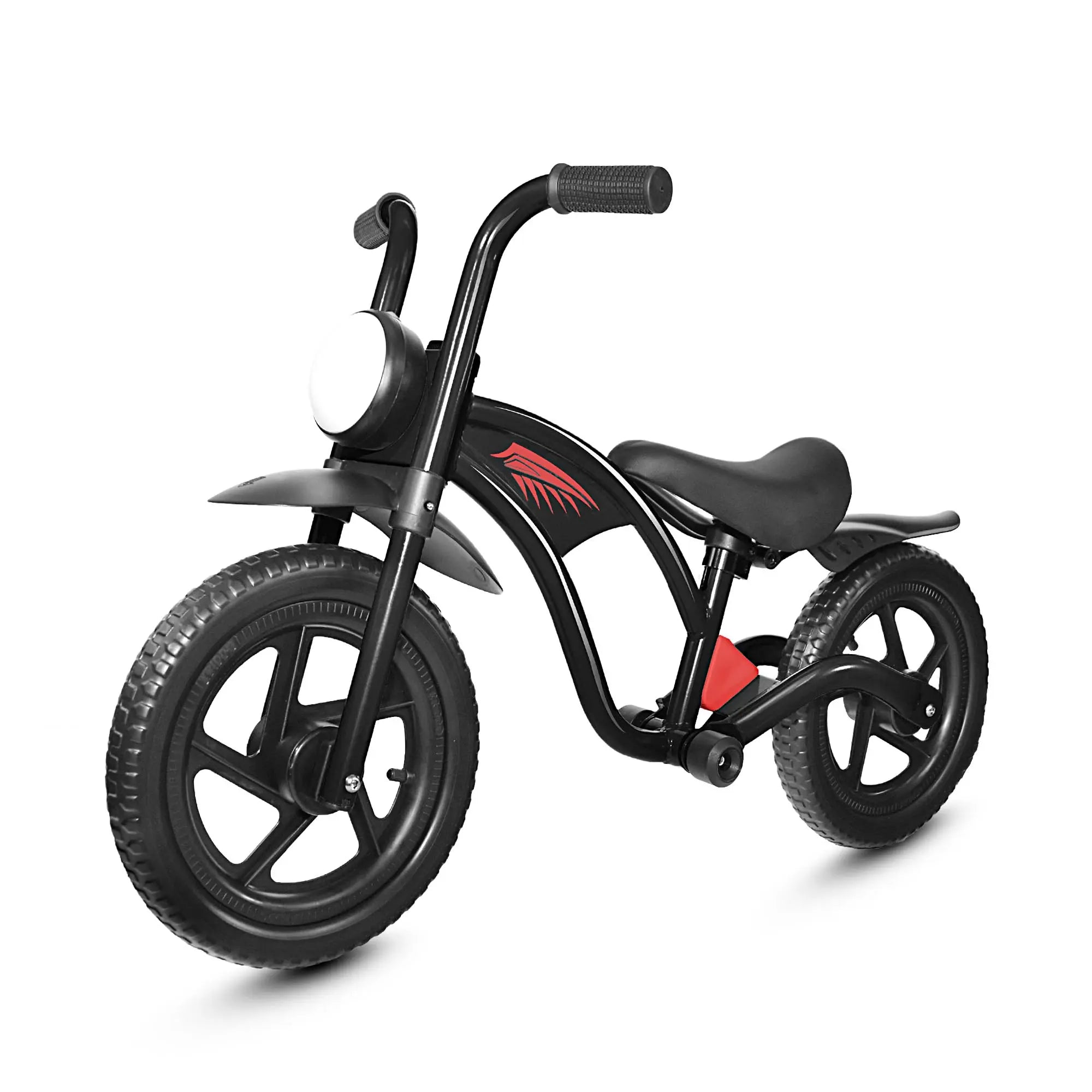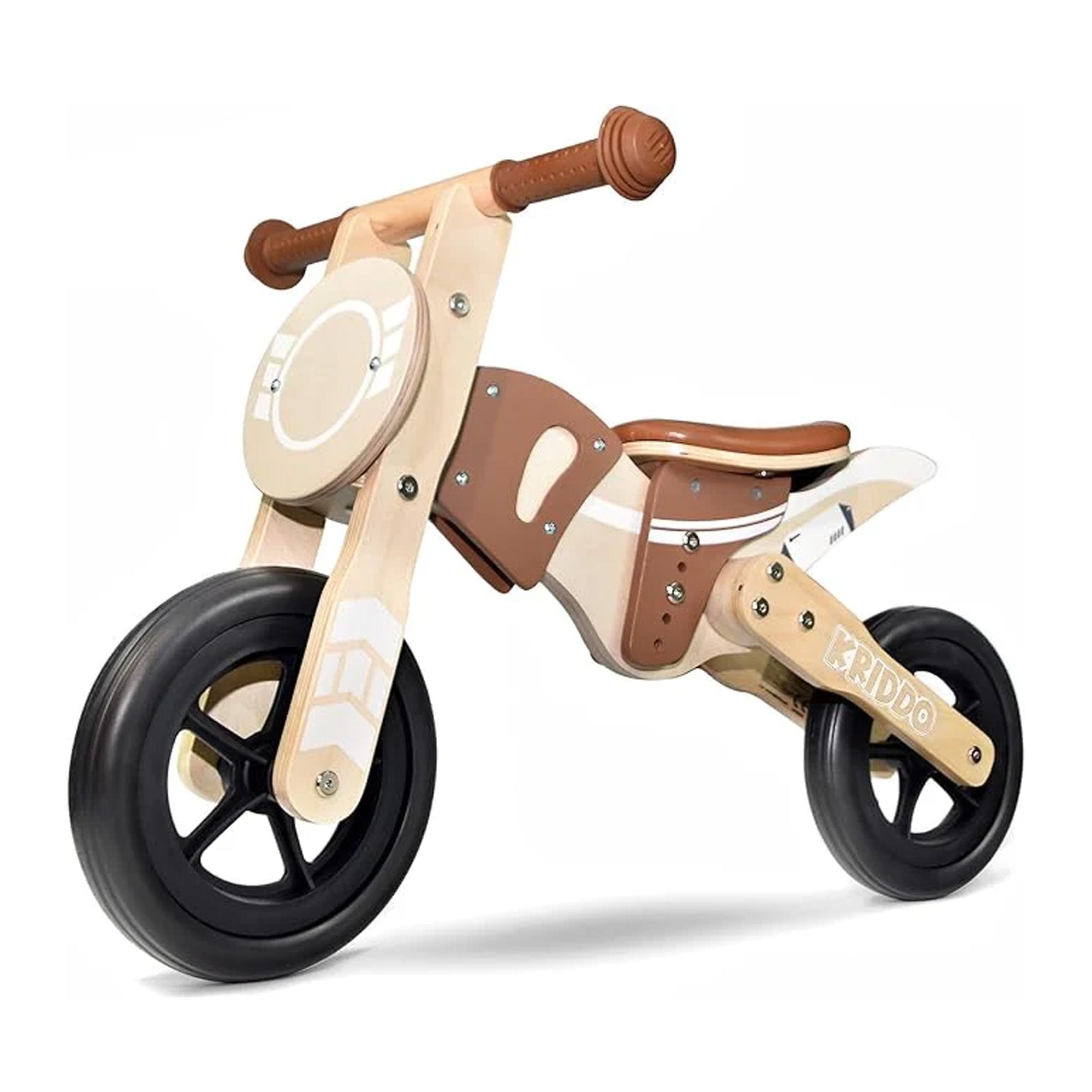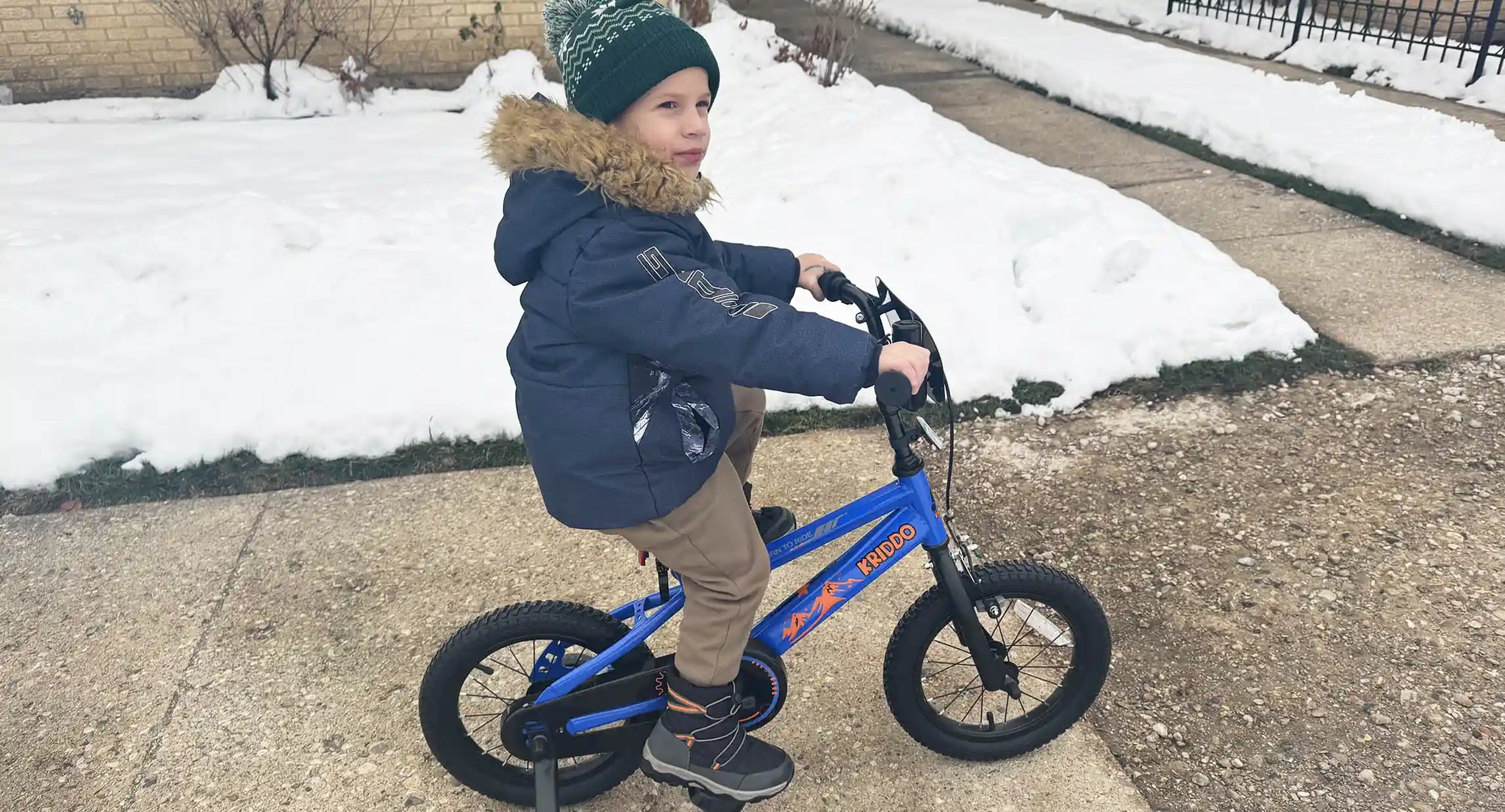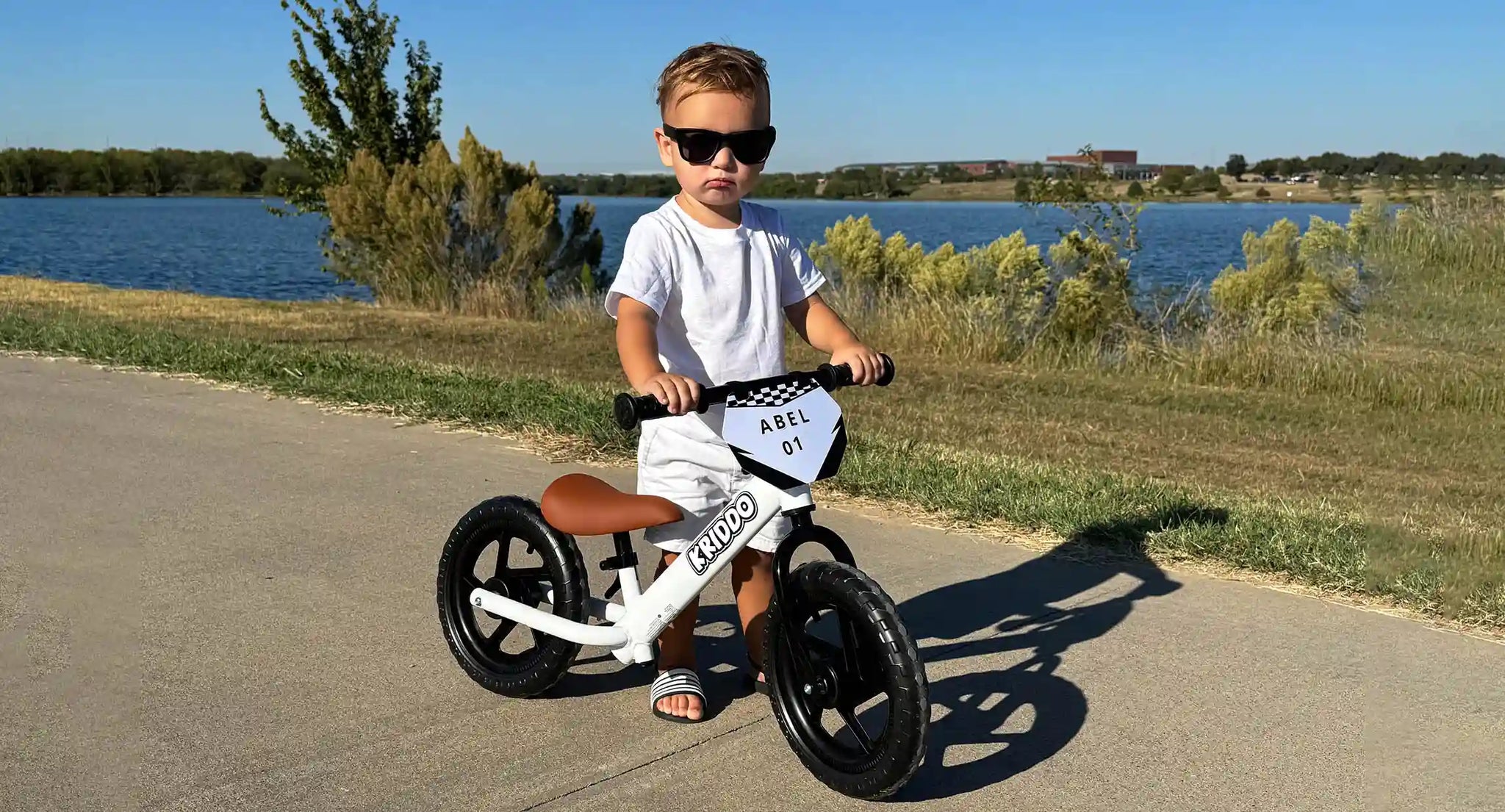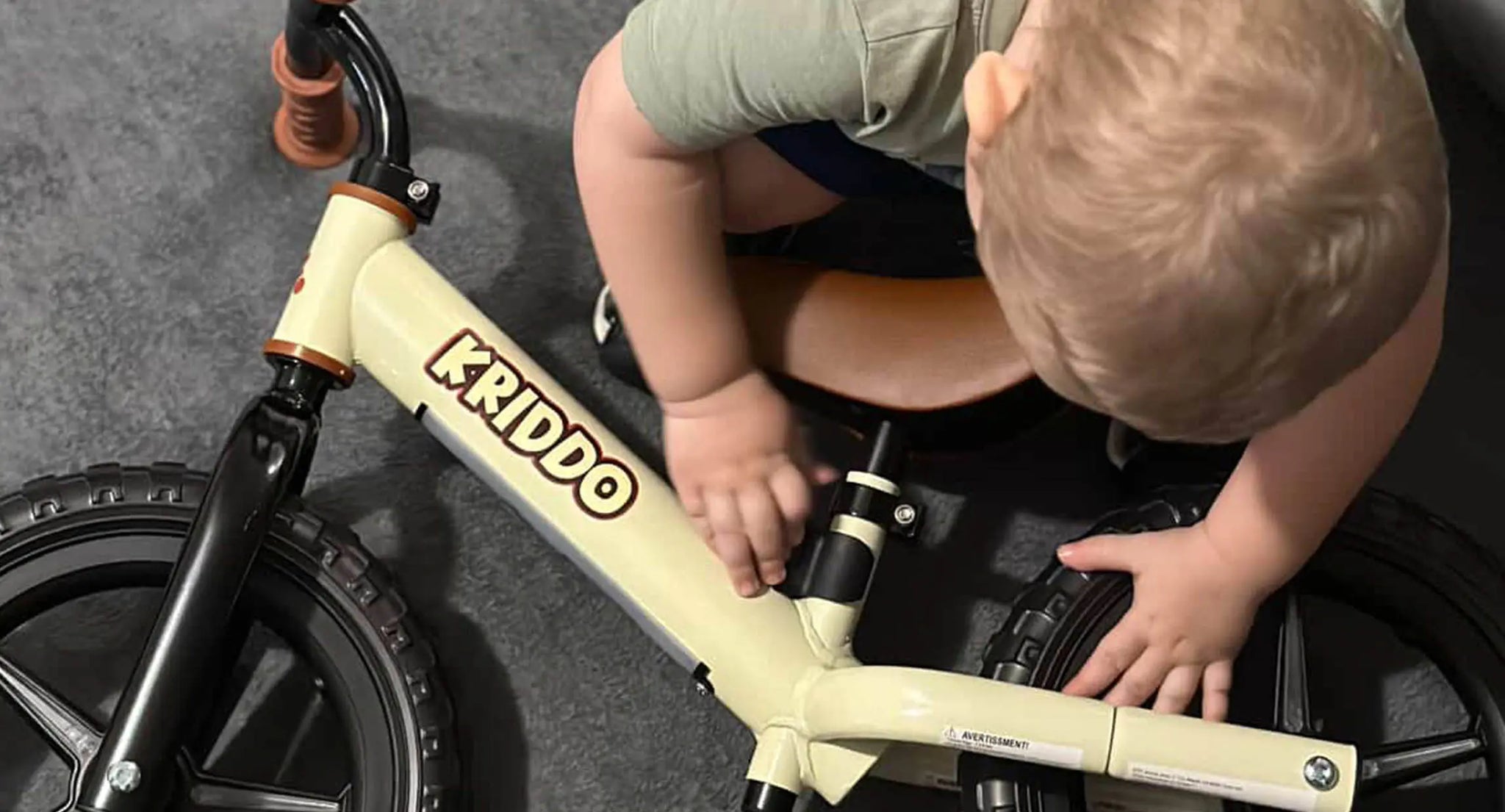When Is the Right Time for a Kid’s First Scooter?
Coco | 20th,June
For toddlers, nothing beats the thrill of motion—whether it’s wobbling into their first steps, pushing a toy across the living room, or gliding along the sidewalk on their very first kids scooter. While bikes often come to mind first when we think of outdoor play, baby scooters are quietly becoming the new favorite—and for good reason.
Scooters aren’t just about fun (though they’re definitely that). They’re about balance, strength, coordination, and independence, all rolled into one zippy ride. So when is the right time to introduce a scooter to your little one? And what should you be looking for when choosing that all-important first set of wheels?
Let’s break it down.
When Is the Right Time for a Kid’s First Scooter?

It might surprise you, but yes—many toddlers can begin practicing on a scooter as early as 18 to 24 months, depending on their motor skills and confidence with movement. However, most toddler-friendly scooter for kids models are recommended for children aged 2 and up, simply because riding a scooter requires more than just walking. It involves:
Standing on one leg while pushing with the other
Steering and shifting body weight to maintain balance
Reacting quickly to changes in terrain or direction
It sounds like a lot (and it is!), which is why having the right kind of scooter matters so much.
Why Scooters Are Great for Early Development
Beyond being a cool outdoor toy, a toddler scooter offers real developmental value:
1. Motor Skills and Balance
Scooting requires coordination between the legs, arms, and core. As toddlers push with one foot and steer with their hands, they’re building both gross and fine motor control.
2. Confidence and Independence
Scooting requires coordination between the legs, arms, and core. As toddlers push with one foot and steer with their hands, they’re building both gross and fine motor control.
3. Indoor and Outdoor Play
One of the biggest perks of scooters? They’re compact and light enough to use indoors. For families living in apartments or during rainy days, a scooter can become a go-to activity without needing a backyard or open street.
What to Look for in a First Scooter
The first scooter you buy sets the tone for your child’s experience with riding. Here are a few must-haves to keep in mind when shopping for a kids scooter:
✅ Three Wheels for Stability
Scooting requires coordination between the legs, arms, and core. As toddlers push with one foot and steer with their hands, they’re building both gross and fine motor control.
✅ Adjustable Handlebars
Kids grow fast, and their scooters should grow with them. A height-adjustable handlebar ensures that your toddler’s posture stays safe and comfortable as they get taller. For the youngest riders, keep the handle low to minimize falls and maintain better control.
✅ Lightweight Frame
Let’s face it—toddlers won’t ride 100% of the time. Sometimes they’ll want to push, drag, or carry their scooter. A lightweight frame makes all of that easier (for them and for you), and ensures they don’t get frustrated or give up on riding too quickly.
✅ Grippy, Low Deck
The deck is where your child stands, and it should be low to the ground and made from non-slip material. Plastic decks are usually best for toddlers (light, soft, and safe), while older children may prefer aluminum for durability.
✅ Durable Wheels
Plastic or rubber wheels should be solid and smooth for both indoor and outdoor surfaces. Make sure they’re not too small—larger front wheels provide better balance and a smoother ride over bumps.
Front-Wheel vs. Rear-Wheel Double Design
Some scooters feature two wheels in the front, while others place the double wheels in the back. For beginners, scooters with front double wheels tend to be easier to balance and maneuver. If you do choose a scooter with two rear wheels, ensure the front wheel is significantly larger to prevent tipping.
When to Start?
The answer depends on your child’s development more than their age. If your toddler can:
Stand steadily on both feet
Walk confidently without support
Squat and rise without toppling over
…they’re probably ready to try scooting!
Start slowly—indoors, on carpet, or on a soft surface—and let them experiment with stepping on and off. There’s no need to rush into fast riding. At this stage, learning how to balance and steer is more important than speed or tricks.
A Quick Word on Safety
Always pair your toddler’s scooter time with a properly fitted helmet and, if they’re riding on pavement, closed-toe shoes. Accidents are part of the learning curve—but good preparation minimizes the risk.
Set clear rules: no scooting near roads, uneven sidewalks, or stairs. Supervision is key, especially in the early months.
What Makes KRIDDO Scooters Worth Considering?

Without turning this into a sales pitch—parents looking for their child’s first toddler scooter often mention KRIDDO for its balance of safety, simplicity, and smart design. The KRIDDO 5-in-1 three-wheel scooter combines elements of a balance bike with a traditional scooter. That means more versatility, more stability, and more room for your child to grow into their ride.
The materials are designed with real family life in mind: durable, light, and resistant to rough toddler play. Whether you’re looking for your 1-year-old’s first scooting experience or a 3-year-old who’s ready to level up, there’s something for every stage.
Final Thoughts: Scooting Toward Confidence and Fun
Choosing the right kids scooter isn’t about trends or features—it’s about finding something that fits your child’s stage of development and makes movement fun. The best first scooters are ones that feel natural, build balance, and make your toddler want to keep riding (and learning).
So whether your child is scooting across the living room or gliding down the driveway, their scooter becomes more than just a toy—it’s a tool for growth, exploration, and joy.
And that? That’s the kind of ride worth taking.








